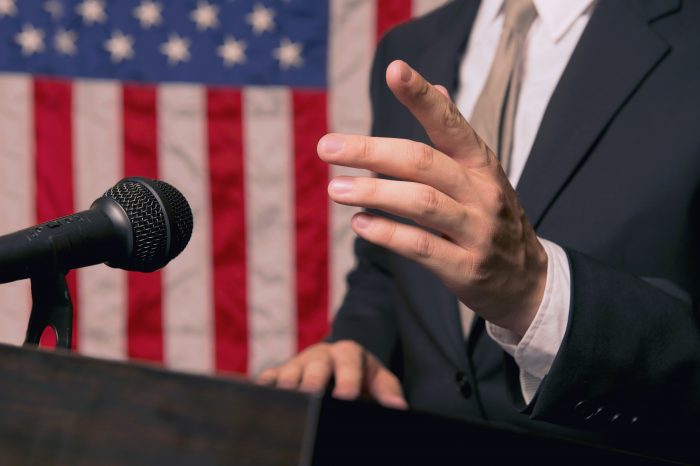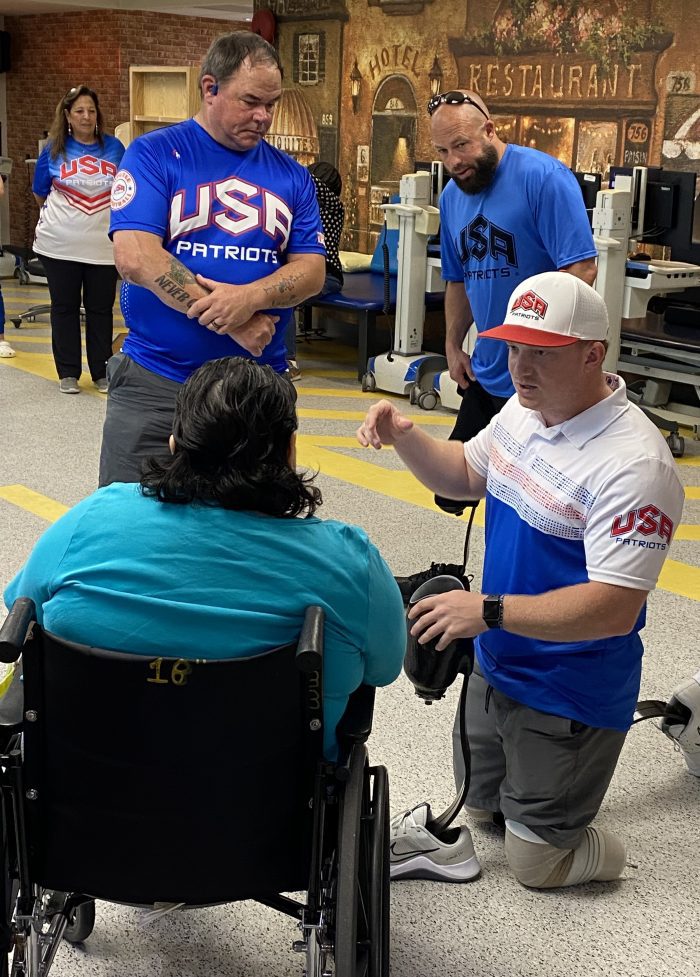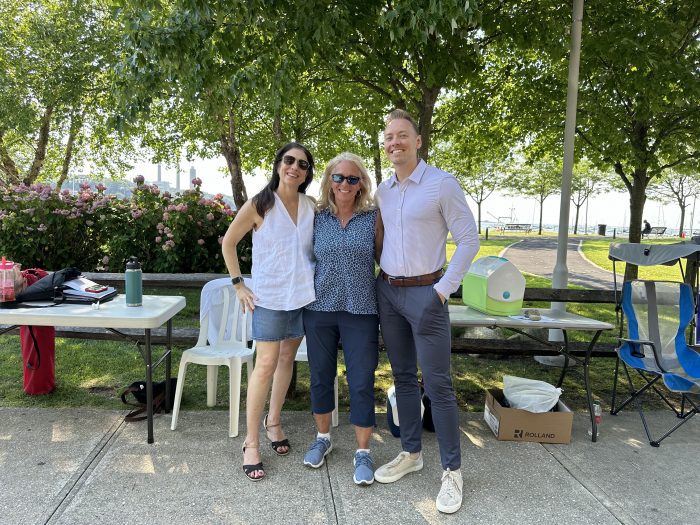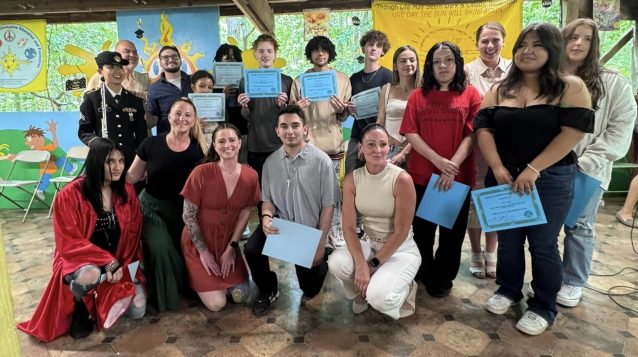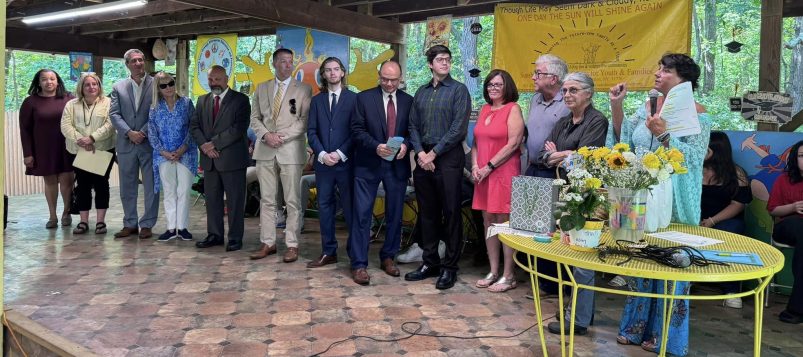By Emma Gutmann
To address the insidious, costly scams disproportionately affecting Americans over 60, state Sen Anthony Palumbo (R-New Suffolk) and state Assemblyman Ed Flood (R-Port Jefferson) will be collaborating to host the Senior Scam Prevention Program on Thursday, June 20, at 3:30 p.m. The event will take place at Brightview Port Jefferson Senior Living facility, 1175 Route 112, Port Jefferson Station, and though it is geared toward seniors, anyone can attend.
“My office invites caregivers or older adults to attend the Senior Scam Prevention Program to learn a variety of information on how to stay vigilant and protect themselves and their loved ones from scams,” Flood said. “Many scammers target our seniors as easily as a brief interview to gain their financial information and it’s growing easier each day with advanced technology.”
According to the FBI’s 2023 Elder Fraud Report, over 101,000 seniors reported this crime, with an average loss of $33,915 per complainant. Tech support scams, personal data breaches, confidence and romance scams, nonpayment and nondelivery scams and investment scams are the top five most common types of fraud, in that order.
“In 2023, total losses reported to the [Internet Crime Complaint Center] by those over the age of 60 topped $3.4 billion, an almost 11% increase in reported losses from 2022,” FBI Assistant Director Michael Nordwall wrote.
The skyrocketing number of older New Yorkers who have lost thousands to remote pickpocketing prompted Palumbo’s office, the Suffolk County District Attorney’s Office and the Suffolk County Police Department to band together and create the program.
“The program provides information on the latest scams and tips to avoid being a victim of these crimes,” a DA’s representative of the program, Chris Stazio, said. “The presentation is given by both the District Attorney’s Office and Suffolk County Police Department.”
In most cases, scammers are able to prey on a lack of understanding or awareness of current technology and common phishing tactics. For example, the FBI’s 2024 Elder Fraud Report indicates that around 12,000 victims identified cryptocurrency as “the medium or tool used to facilitate the crime.” Anyone who knows little about crypto or other elusive tech can be a much easier target.
Additionally, innocuous business email compromise scams were responsible for $382 million in losses last year, even though phishing emails can be obvious to identify once you know what to look for.
In an attempt to reach as many people as possible, numerous iterations of the program have been held in varied locations.
“Our office has had several events throughout the 1st Senate District including at the Rose Caracappa Senior Center, Peconic Landing and local libraries,” Stazio said. “We have had great attendance at each event but have found that events located at senior facilities have the best attendance.”
Flood added, “We decided on Brightview because my office is working with senior centers across the district to keep them informed of this valuable information.”
This event aims to provide clarity and thus fortify the elderly community against online attacks. Anyone seeking to learn more about the scamming epidemic is welcome and encouraged to join Palumbo and Flood at Brightview Senior Living in Port Jefferson this Thursday afternoon.



